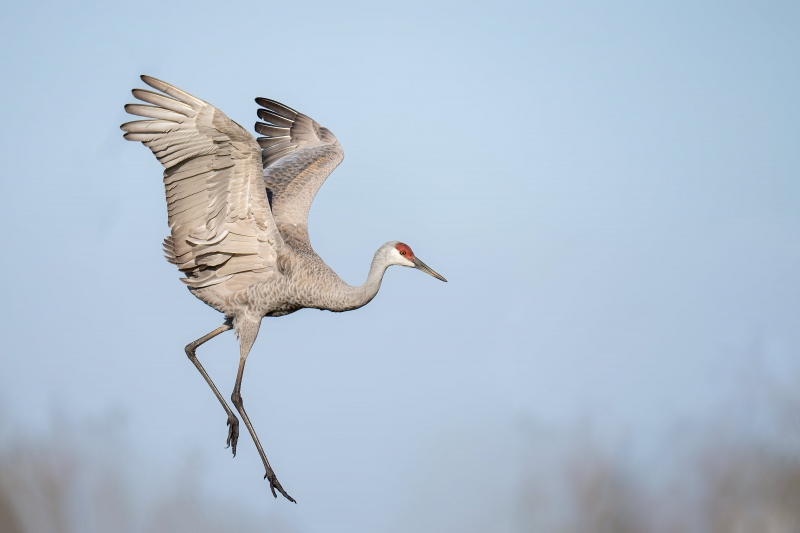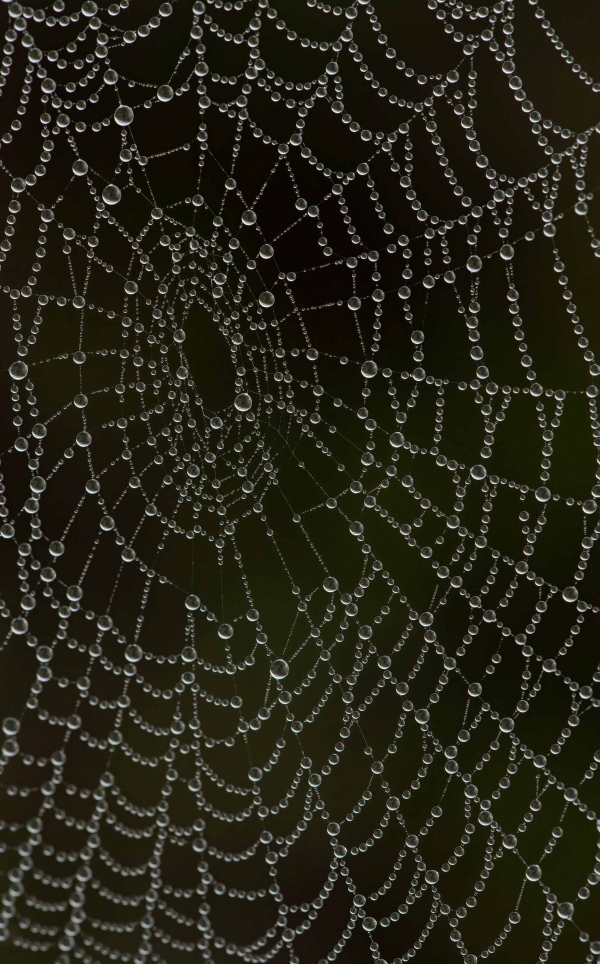What a Way to Wake Up & Learn Something New
I woke early and took my blood sugar: 111. I wandered into the kitchen and saw a grey lump on the floor. I turned on the lights and saw what I believe to be a Green Treefrog, native to Florida. From being in the kitchen all night, it was evenly light grey in color. Rather than have it die under the stove and stink up the joint, I opted to catch it and put it outside as I’ve done many times before. I almost caught him several times, but it was quite quick and slippery and very jumpy if you get my drift. So, I chased it around the kitchen for two minutes until I was finally successful. After opening the front door, I stuck it to the decorative section of stone wall where we have seen them before.
Out of curiosity, I took my blood sugar. In ten minutes, it had risen fourteen points to 125. As we all do when we wake up early, I wiped the sleep out of my eyes; suddenly, they began burning, seriously burning. I rinsed them with warm water and the irritation got worse. I tried eye drops but still they burned. I realized that there had to have been something on the frog’s skin that caused the irritation. I went back to the sink and rinsed both eyes with handfuls of warm water. Once I was able to see a bit, I got to my laptop and did a search for eye irritation after touching a tree frog and learned several things:
1- When you hold a tree frog it becomes afraid and urinates on you.
2- As you might have guessed by now, tree frog pee or the secretions from their skin can be irritating to our eyes making it become difficult to see temporarily.
3- If you are lucky enough to touch a tree frog and then rub your eyes, doing so poses no long-term harm to humans. Good to know. An hour later, my eyes were still burning, but at least I could see.
The Lesson
If you handle a tree frog, be sure to wash your hands afterwards 🙂
What’s Up?
All are invited to leave a comment letting us know which of today’s two featured images they like best, and why they made their choice.
Today is Friday 9 December 2022. This blog post took about an hour to prepare and makes two hundred fifty-seven days in a row with a new, educational post just for you. Wherever you are and whatever you are doing, I hope that you too have a great day.
Please remember to use the B&H and Amazon links that are found on most blog pages and to use the BIRDSASART discount code at checkout when purchasing your new gear from Bedfords to get 3% back on your credit card and enjoy free second-day air FedEx. Please, also, consider joining a BAA IPT. You will be amazed at how much you will learn!
You can find some great photo accessories (and necessities, like surf booties!) on Amazon by clicking on the Stuff tab on the orange/yellow menu bar above. On a related note, it would be extremely helpful if blog-folks who, like me, spend too much money on Amazon, would get in the habit of clicking on the Amazon logo link on the right side of each blog post when they shop online. As you might expect, doing so will not cost you a single penny, but would be appreciated tremendously by yours truly. And doing so works seamlessly with your Amazon Prime account.
Please remember that if an item — a Delkin flash card, or a tripod head — for example, that is available from B&H and/or Bedfords, is also available in the BAA Online Store, it would be great, and greatly appreciated, if you would opt to purchase from us. We will match any price. Please remember also to use my B&H affiliate links or to earn 3% cash back at Bedfords by using the BIRDSASART discount code at checkout for your major gear purchases. Doing either often earns you free guides and/or discounts. And always earns my great appreciation.
|
|
|
This image was also created on 3 December 2022 down by the lake near my home at ILE. Standing at the base of the small hill adjacent to the parking circle at the base of the pier. I used the handheld Sony FE 400mm f/2.8 GM OSS lens and The One, the Sony Alpha 1 Mirrorless Digital Camera). The exposure was determined via Zebra technology with ISO on the Thumb Dial. ISO 400. 1/2000 sec. at f/3.2 (stopped down 1/3-stop) in Manual mode. When evaluated in RawDigger, the raw file brightness was determined to be dead-solid perfect. AWB at 8:52:15am on a mostly sunny morning. Tracking: Spot (S) AF-C with Bird Face/Eye detection enabled performed well by grabbing the bird’s upper neck. Be sure to click on the image to enjoy a high-res version. Image #2: Sandhill Crane dancing into north wind |
High Level Question
In the Save Yourself From Too Many Images: Stringent Editing here, I posted this:
Why did I find it necessary to use Tim Grey Dodge and Burn to lighten the bird’s face and eye?
The question was so difficult that nobody played. Perfect head angles have everything to do with how the light strikes the bird’s face. With the dancing crane’s head angled perhaps one degree (or a bit less) away from us, the face was left somewhat in the dark. Many may think this picky, but the face was simply too dark as it was not illuminated as well as the rest of the bird.
When I use Tim Grey Dodge and Burn, I work with varying reduced opacities, usually 10 or 20%. This technique is detailed in Digital Basics II.
Another (Related) High Level Question
How can we know that the wind was coming from slightly over my left shoulder?
|
|
|
This image was created on the foggy morning of 5 December along the slope of the canal the abuts the South Peninsula down by the lake near my home at ILE. I used the no longer available Induro GIT 204 tripod/Levered-clamp FlexShooter Mini-mounted Canon EF 180mm f/3.5L Macro USM lens with the Metabones Canon EF/EF-S Lens to Sony E Mount T Smart Adapter (Fifth Generation) and The One, the Sony a1 Mirrorless Camera body. ISO 1600: 1/1000 second at f/8 (stopped down 2 1/3 stops) in Manual Mode. The exposure was determined using Zebra technology with ISO on the thumb dial. The raw file brightness as determined by RawDigger was shown to be 1/3 stop too dark. Keep reading to learn why. AWB at 8::19:52am on a densely foggy morning. Manual focus with (red) focus peaking. Click on the image to enjoy a larger version. Image #1: Dew-covered spider web on breezy morning |
My Favorite Spider Web Image
In The Whole New World of Digital: Dew-Draped Spider Webs here, my preference (by a small margin) was for the vertical image because the o-o-f droplets in the lower left corner helped move the viewer’s eye around the frame. Three folks agreed:
J Edwin Krug/December 7, 2022, at 10:28am
My preference is image #1; it draws my eye to the center of the web and the soft focus at the bottom left actually enhances the illusion of depth.
Ted
Anthony Ardito/December 7, 2022, at 1:53pm
I like image #1. The OOF lower left doesn’t bother me at all, and in fact provides some depth to the image.
Neil Hickman/December 7, 2022, at 7:24pm
Wonderful image. I prefer the extra depth in #1.
Bob Eastman, the recent league-leading commentor, liked the square version and asked several interesting questions as well.
Typos
With all blog posts, feel free to e-mail or to leave a comment regarding any typos or errors.
















Looks to me as if the sun is coming over your left shoulder with the wind coming from your right. The small shadow from the crane’s wing (elbow ?) on the back clearly shows the sun angle which also confirms the wind from the north.
Correction: Wrist rather than elbow.
My dog caught a frog one time in his mouth. It got all foamy. That was the last time he caught a frog. A frog’s skin is a protective device with the secreted juices.
Smart dog!
a
Artie
My comments, i say what my eye sees, where my eye goes, i love the educational parts of your blogs. Like today i never knew about the frog thingy or the sun and wind angles and different lights in other blogs as there are so many to list. I didn’t comment on the Gray Dodge and Burn because i have no clue on it or how and where to use it. I may guess but in my age of learning it is always interesting to see different things. The left shoulder wind, could it be that the crane is jumping with the wind instead of into the wind or some it’s feathers direction from the wind? A guess on my part.
Always with love b
Thanks, Bob. Your guess is incorrect. The wind was from the north by slightly east so of course the bird was jumping into the wind, to the north by slightly east.
There is a visible clue as to sun angle.
Do you have Photoshop on your laptop?
with love, artie
I didn’t think my guess was correct but it was my thought, i do not have photoshop yet, i am looking to purchase a MacBook before Homer so hopefully will have all that in order. I see the sun angle is over your left shoulder as Alan points out the shadows, i see a few now on the left leg up high, the far wing and the near wing feathers. Why would the shadows tell me the wind direction?
I’ll get there in time 🙂
Always with love b
The frog mainly excretes urea in it’s urine and, as you experienced, it is highly irritating to the eyes!